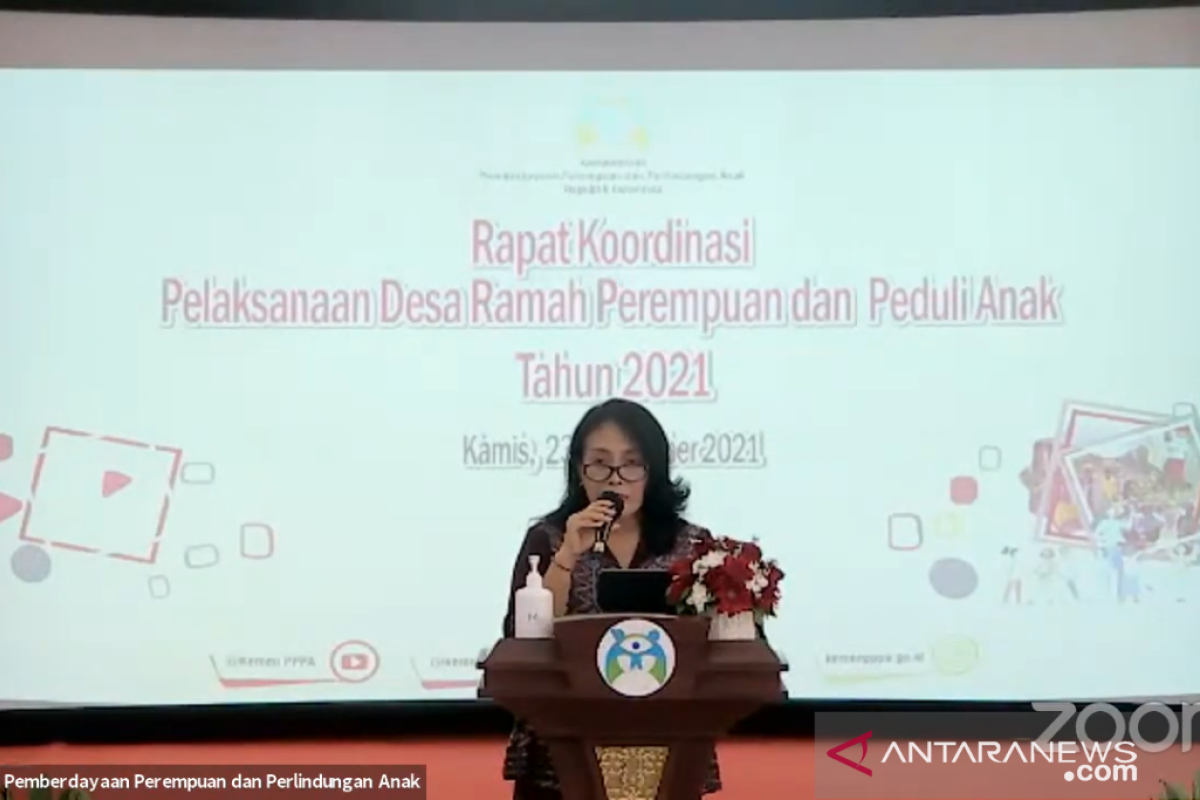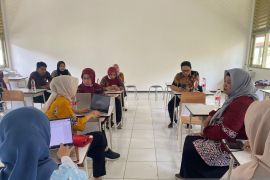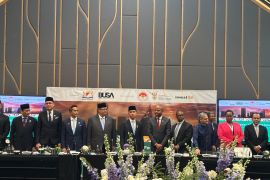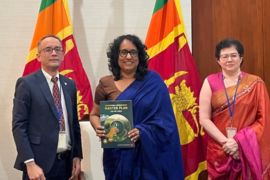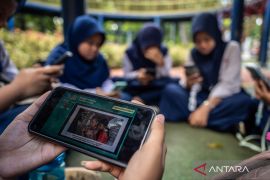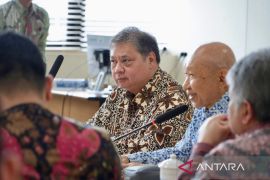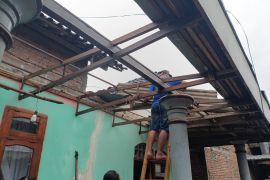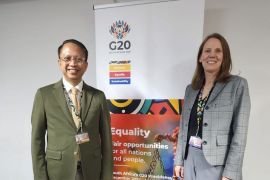At the Women and Child Friendly Villages Technical Coordination Meeting here on Thursday, Minister of Women's Empowerment and Child Protection, Bintang Puspayoga, said that once the model for these villages is finished, then it can be expanded and replicated in every village in every city and district.
She asserted that the development of women and child friendly villages should involve the participation of all people in villages, including women and children.
"By involving women and children, the expectation is that it would expose various issues that surround women and children," she explained.
Related news: Child-friendly cities in Indonesia gain international recognition
The involvement of women and children in the development of these villages is especially important since they are the parties who have been directly affected by the problems and hurdles that they have had to face thus far, she elaborated.
In addition, women and children know the correct solutions to close the existing unequal gaps, she added.
According to Puspayoga, the development of women and child friendly villages should be based on the principles of non-discrimination, democracy, mutual assistance, appreciation toward the viewpoints of women and children, best interests of women and children, as well as affirmative action.
"These principles are carried out with the involvement of all parties, primarily women and children," she said.
Women and child friendly villages are villages that integrate gender and children's rights perspectives in the management of the village's governance, the development of the village, as well as the empowerment and mentorship of village residents, she added.
Related news: Indonesia, Iran share best practices on child-friendly cities
Related news: Surabaya mayor unveils child-friendly city indicators at UNICEF
Translator: Anita Dewi, Fadhli Ruhman
Editor: Suharto
Copyright © ANTARA 2021
